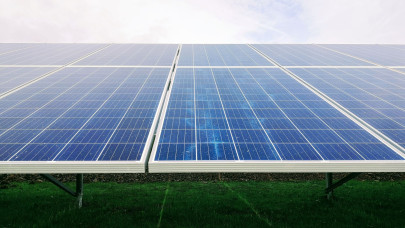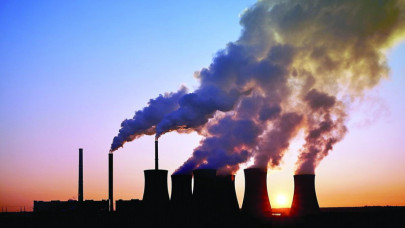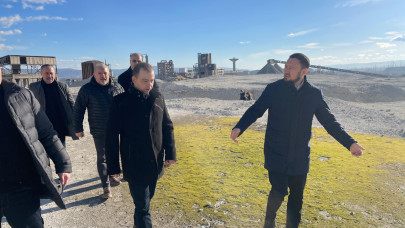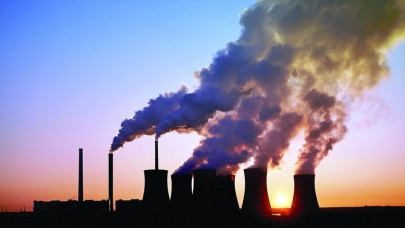Used in public or private New Year's Eve shows, fireworks can cause, in the short term, very high levels of particles in the air, which is also the reason for increasingly strict regulations in this regard, aimed at prohibiting or discouraging the use of explosive devices, both through the prohibition of their commercialization, the decrease of the existing quantities on the market, as well as the harsh sanctioning of those who illegally commercialize or use them, attracts the attention of ANPM.
"Immediately after midnight, we can witness increases in air pollution, especially if there will be a period of atmospheric calm. However, in recent years, there has been a general improvement in the situation, with lower and lower emissions, but New Year's fireworks can produce pollution, so it is recommended to minimize their use, especially since smoke and gases - dioxide of carbon, carbon monoxide and nitrogen - released into the air at the time of extinguishing are harmful to people and nature, being considered part of the main sources of pollution", declares Laurentiu Alexandru Paștinaru, ANPM President.
A study published in the International Journal of Environmental Research and Public Health showed that, in addition to gas and smoke emissions, festive fireworks could also be responsible for releasing into the atmosphere significant concentrations of fine particles, less than 2.5 micrometers, and co-pollutants such as metals and water-soluble ions.
Thus, the ANPM representative claims, both during the fireworks and a few days before or after New Year's Eve, the average daily concentrations of particles can reach values two to 10 times higher than the background levels, and this may also happen this year, even though the sale of fireworks and the use of such devices have been banned in Bucharest.
"In addition to environmental pollution, pyrotechnic installations are a disaster for wild birds in urban or rural areas, which can lose their lives during midnight fireworks between years, for wild animals in natural areas close to mountain resorts, which can leave the habitat, migrating chaotically, even in localities, as well as for pets, which can run away in fear from yards or, in the most serious cases, have heart attacks or epileptic seizures", emphasizes the ANPM President.
It cannot be said that there are fireworks that are good for the environment. Still, if it were to choose between typical fireworks and bright ones that can be held in hand and can be lit indoors, surely the latter can be considered less polluting, even though they also involve several pollutants, such as a color oxidizer, a fuel that keeps the spark burning, and a binder, necessary to hold all these materials and substances together. The best parts of these fireworks are the easy use and the much lower danger, says the ANPM representative.














